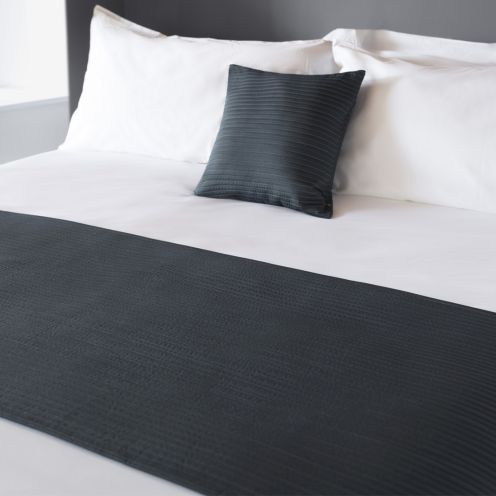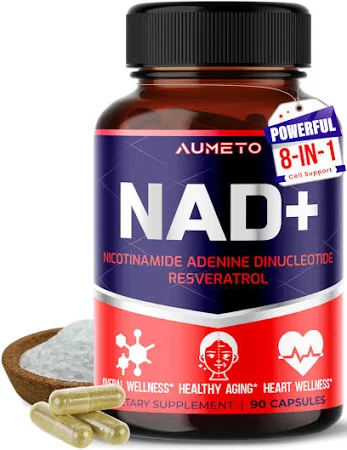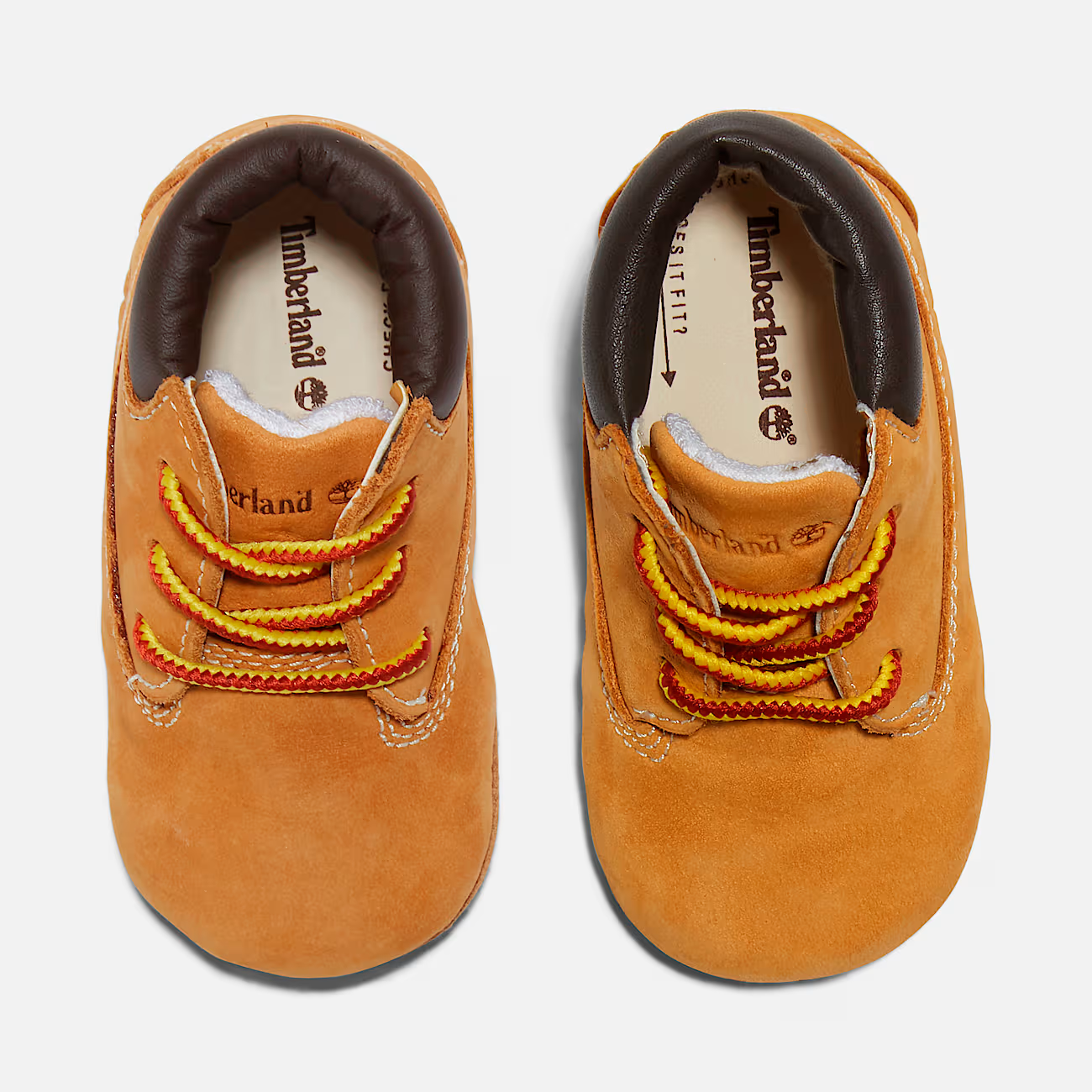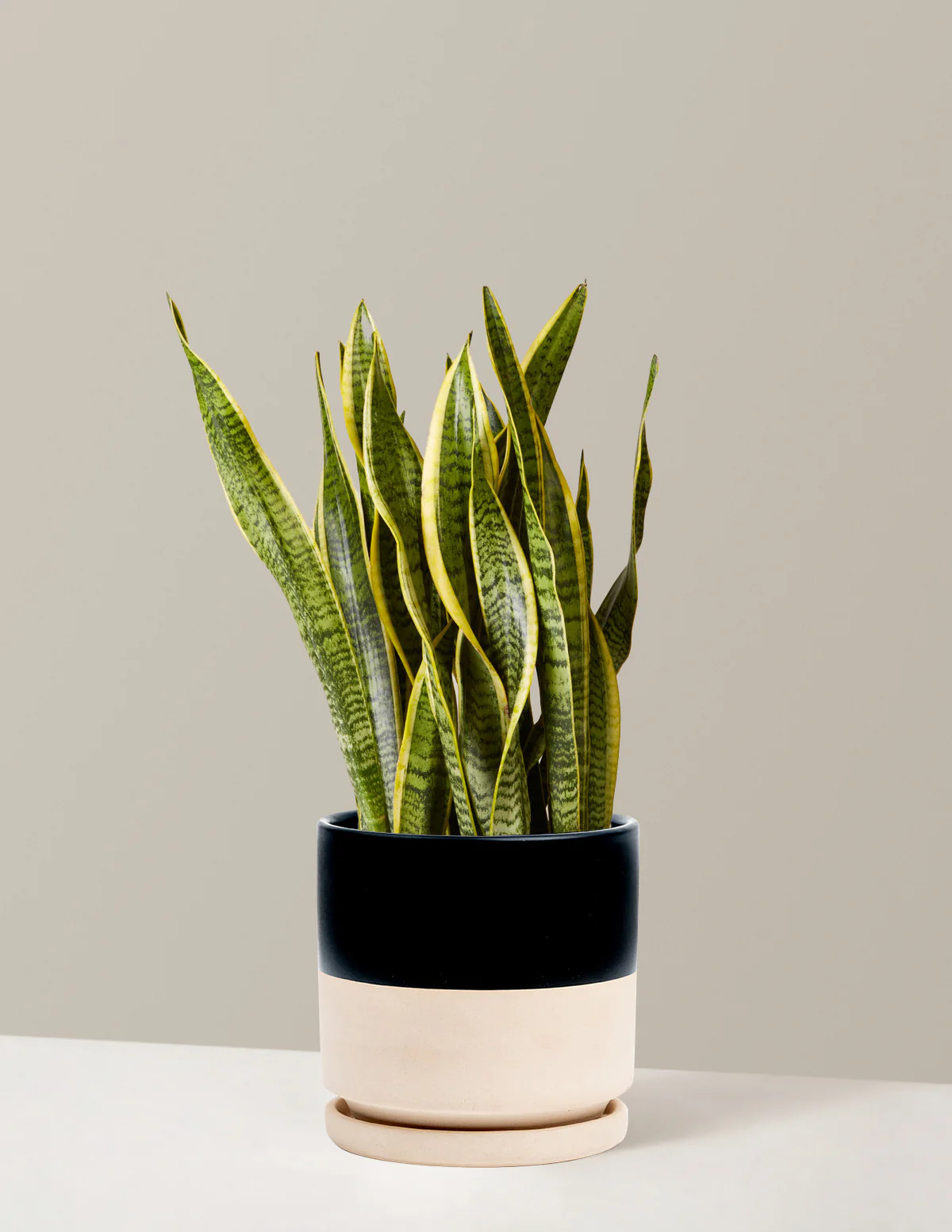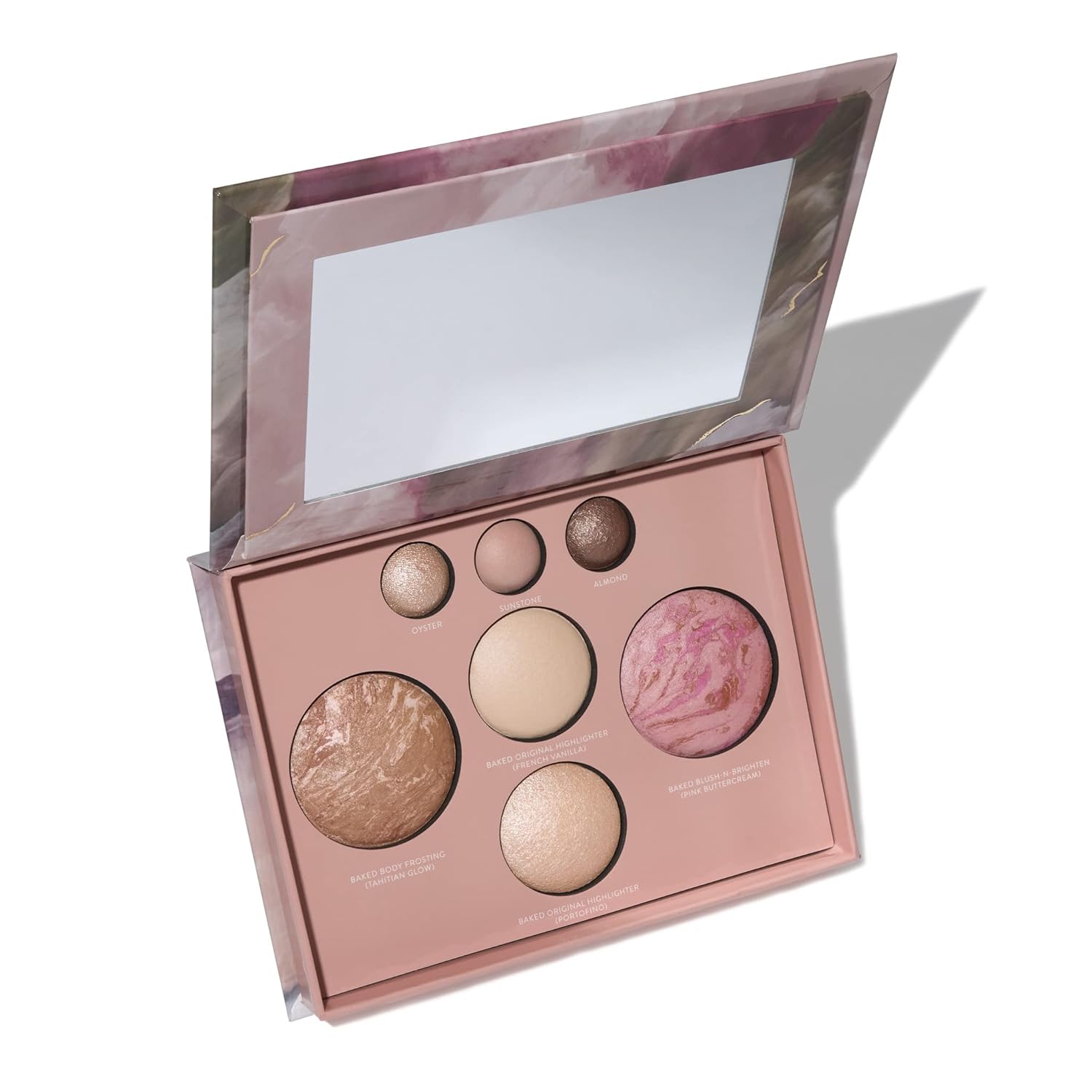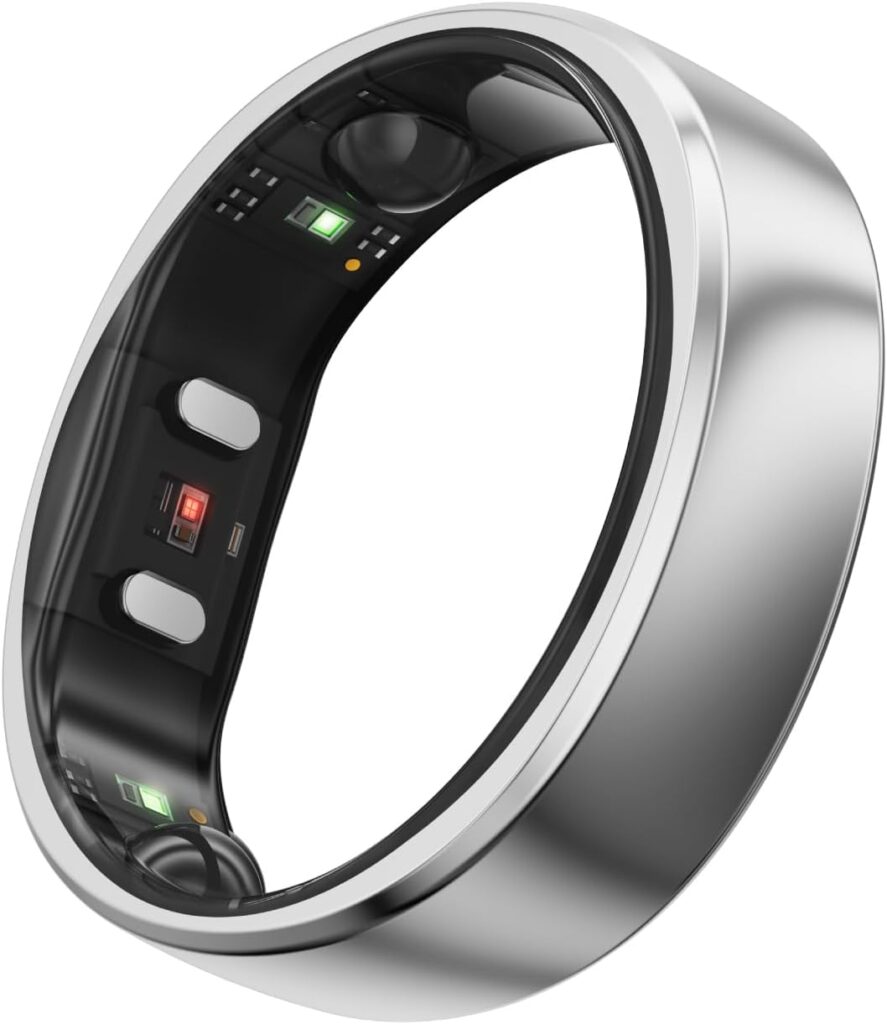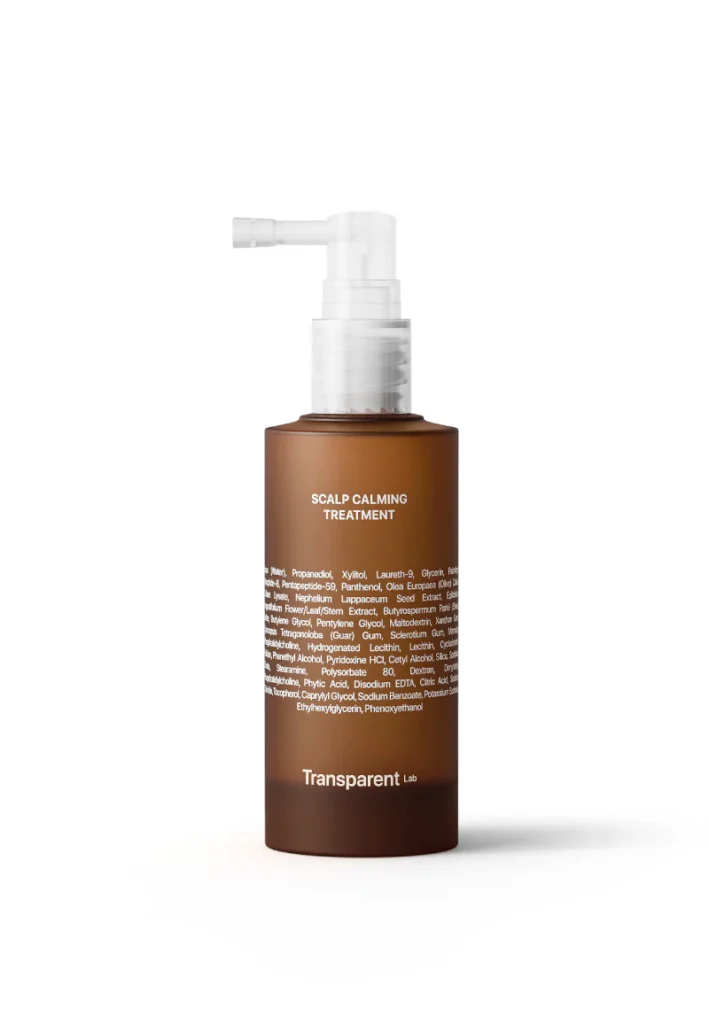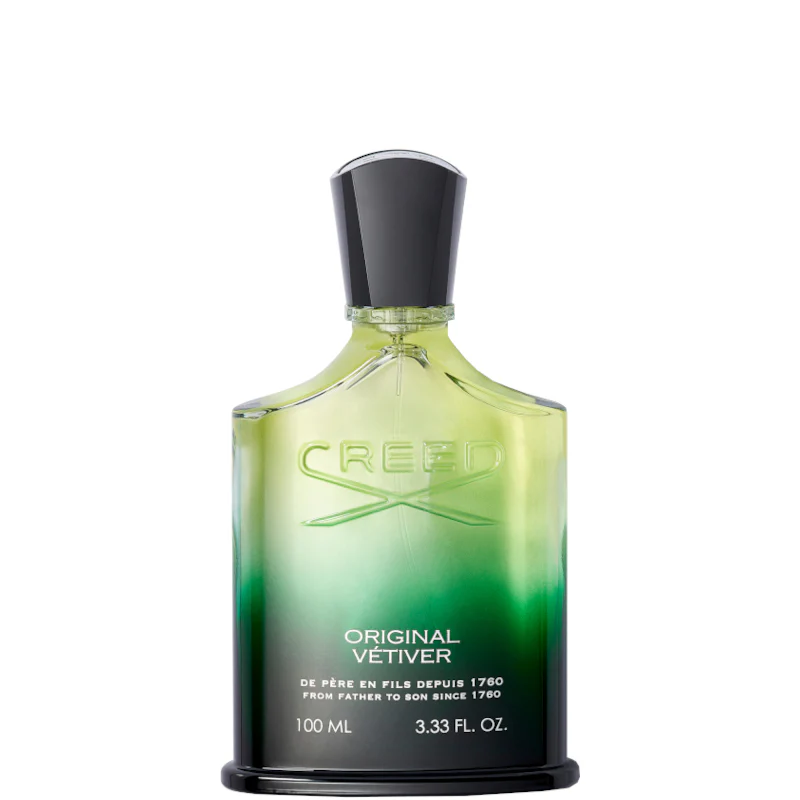Walk into any good hotel and the bed tells a story before you’ve read the welcome card. The palette is cohesive, the textures are intentional, and there’s a clear focal line that draws the eye: the runner. A well-chosen bed runner adds structure, colour, and protection—elevating the entire room in seconds. In this guide, we’ll show you how to specify, style, and care for Richard Haworth Bed Runners like a professional: the right sizes for UK mattresses, the fabrics that survive real-world laundering, colour and pattern strategy for different interiors, and housekeeping techniques that keep everything crisp from turn-down to checkout.
Shop Richard Haworth Bed Runners
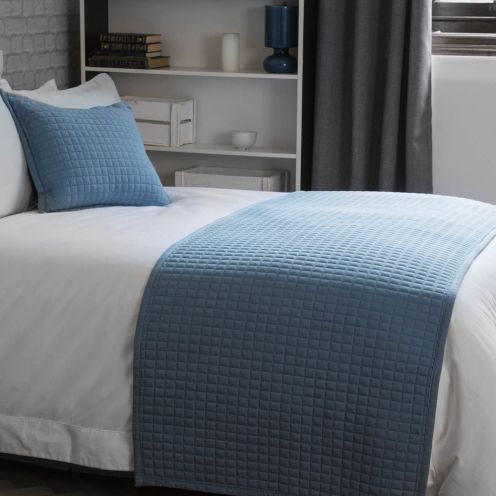
Why Bed Runners Work (and Why Hotels Rely on Them)
A runner is more than a decorative strip. It’s a design tool with practical advantages:
- Visual polish: It frames the duvet and anchors the bed in the room layout, guiding the eye from doorway to headboard.
- Protection: It shields the foot of the bed from luggage, trays, and everyday contact—especially useful in guest rooms and short lets.
- Flexibility: One runner can update a neutral duvet set across seasons, promos, or property photoshoots without replacing core linen.
- Branding: For hospitality, the runner delivers an instant signature—colour, weave, or piping that guests remember.
Richard Haworth Bed Runners are built for this “design plus duty” brief: hotel-grade durability with finishes and palettes that read premium in homes and commercial spaces alike.
Sizing: Get the Proportions Right (UK Standards)
The secret to a designer look is proportion. Use these rules of thumb:
- Length: Aim for a runner that overhangs each side of the bed by ~20–30 cm for a tailored “drape without drag.”
- Width: 50–70 cm is the sweet spot—wide enough to read as intentional, slim enough to show your base linen.
- Placement: Most place runners across the foot. For boutique looks, run it vertically (headboard to foot) to elongate the bed in tight rooms.
Quick reference for common sizes:
- UK Single (90 × 190 cm): Runner length ~180–200 cm.
- UK Double (135 × 190 cm): ~220–240 cm.
- UK King (150 × 200 cm): ~240–260 cm.
- UK Super King (180 × 200 cm): ~260–280+ cm.
If your bed has a deep mattress and topper, size up to maintain overhang. With Richard Haworth Bed Runners, you’ll find hospitality-led dimensions that map cleanly to these standards.
Fabrics & Fills: What Survives Laundering and Still Looks Luxe
Hotel life is hard on textiles. Choose compositions and constructions that hold up:
- Woven jacquards & textured weaves: Hide minor creases between services and resist pilling. Ideal for high turnover.
- Easy-care polyester blends: Keep colourfastness and shape after repeated washing; great for short-let properties.
- Cotton-rich textures: Softer hand-feel for home master suites, still robust in a weekly wash rhythm.
- Light quilting or padded inserts: Add body so the runner lies flat and photographs beautifully; look for secure quilting to prevent clumping.
Finishes that matter: stain-resistant treatments, colourfast dyes, and hems with reinforced stitching. Richard Haworth Bed Runners are designed with contract-grade practicality—precisely what you want if guests, kids, or pets are in the picture.
Shop Richard Haworth Bed Runners
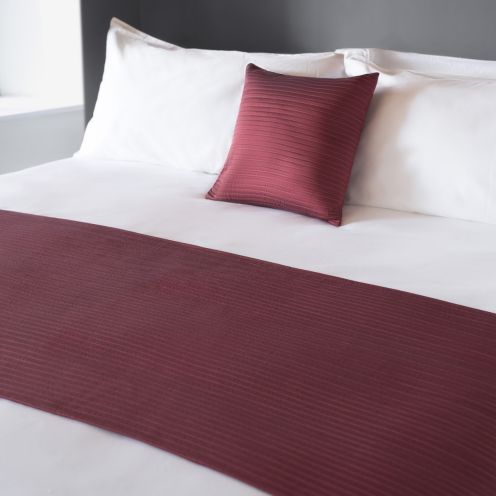
Colour & Pattern Strategy: Styling That Always Lands
A runner should tie the room together without shouting. Use one of these formulas:
1) Tone-on-Tone Elegance
Keep the runner one to two shades deeper than your duvet. In a white-linen scheme, a pearl, stone, or soft taupe runner adds dimension and calm. This is “spa hotel” energy.
2) Contrast with Restraint
If your base is pale (white, cream, light grey), choose a saturated runner (navy, forest, terracotta). Echo that colour in a cushion or upholstered bench to create a loop. Avoid adding a third dominant colour unless it’s a micro-accent (piping, trim).
3) Pattern with Purpose
Geometric jacquards and subtle herringbones bring movement without busy-ness. If your headboard is patterned, keep the runner textural rather than printed. If your walls are plain, a patterned runner becomes the focal stripe.
4) Seasonality
Spring/Summer: lighter tones (oat, sage, sky). Autumn/Winter: deeper, cocooning hues (charcoal, aubergine, bottle green). Swap runners seasonally to refresh photography and guest perception faster than repainting.
Housekeeping Techniques: Crisp Lines in Minutes
Great looking beds are a choreography. Here’s the quick routine:
- Base first: Lay your flat sheet tight or style a duvet with corners smoothed.
- Runner alignment: Place 15–30 cm from the foot edge; sight the centre line from headboard to end to ensure symmetry.
- Steam pass: A handheld steamer softens last creases; textured runners often need only a quick once-over.
- Pinch & Tuck: Pinch the runner’s corners lightly and tuck under 1–2 cm to create a “tailored hem” look.
- Pillow pyramid: Two pillows stacked + two cushions in front create height to balance the runner’s weight at the foot.
For turn-down service in hospitality, fold the runner to half width and place it under a tray with water carafe or chocolate—instant boutique flourish.
Protection & Hygiene: Where the Runner Earns Its Keep
Runners take the hit from:
- Suitcases dragged onto beds.
- Room-service trays and snack plates.
- Daily sit-downs to tie shoes or check phones.
By absorbing minor scuffs and crumbs, the runner extends the life of your duvet covers. With Richard Haworth Bed Runners, contract-grade stitching and easy-care fibres make laundering straightforward, so presentation and hygiene both stay high.
Shop Richard Haworth Bed Runners
One Hybrid Block (Checklist + Guidance): Spec Like a Pro in 5 Steps
- Measure the mattress + topper to set overhang.
- Pick the palette: tone-on-tone for calm, contrast for statement, pattern for movement.
- Choose the fabric for laundering reality (poly blends for heavy use, cotton-rich for home luxury).
- Decide construction: padded for body/photography, unpadded for minimalist drape.
- Add echoes: coordinate one cushion or throw with the runner hue to close the loop.
Follow this, and your Richard Haworth Bed Runners will read designer-grade with zero guesswork.
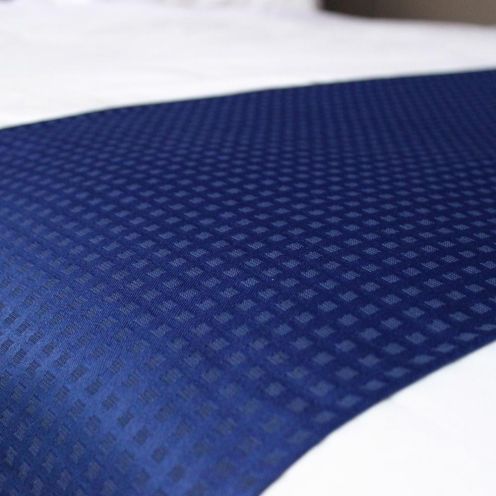
For Hotels, B&Bs & Short Lets: Branding Without Refit
Runners let you “brand” beds inexpensively:
- Signature stripe: A consistent stripe or weave becomes your visual identity across rooms.
- Tiered rooms: Premium rooms get padded runners with matching cushions; standard rooms get the same colour in a simpler weave.
- Photography edge: A runner introduces contrast lines your camera loves—beds look sharper in listings, which lifts click-throughs.
Operationally, runners launder faster than duvets and are easier to rotate—ideal for peak occupancy periods.
Guest Rooms at Home: Five Quick Styling Formulas
- Modern Neutral: White duvet + stone runner + black cushion pair. Clean, gallery-like.
- Cottage Calm: Cream duvet + sage herringbone runner + linen lumbar cushion.
- Monochrome Hotel: Charcoal duvet + graphite runner + chrome bedside lamps.
- Warm Luxe: Oatmeal duvet + cinnamon runner + velvet bronze cushion.
- Coastal Light: White duvet + sky runner + stripe cushion; add a woven bench.
Each looks expensive without redecoration; the runner does the heavy lifting.
Shop Richard Haworth Bed Runners
Care & Laundering: Keep the Finish, Extend the Life
- Pre-treat promptly: Spot-clean food or cosmetic marks before they set.
- Follow label temps: Most contract runners prefer warm (not hot) cycles to preserve colour and padding.
- Low to medium heat dry: High heat can shrink bindings or flatten quilting loft.
- Steam or cool iron: Quick steam refreshes texture; press only if the weave invites it.
- Rotate runners: In hospitality, rotate sets to balance wear and keep back-ups ready.
Store folded flat in a breathable container; avoid cramming to protect edges and decorative trims.
Sustainability & Budget: Big Design, Small Footprint
Refreshing rooms via runners is both economical and lower impact than replacing full duvets seasonally. One neutral duvet set + two runners (light and dark) offers four looks: neutral/neutral, neutral/contrast, seasonal light, seasonal deep. Richard Haworth Bed Runners are built to last laundering cycles, so you’re investing in fewer, better pieces—not constant replacements.
Troubleshooting (Fast Fixes)
- Runner looks lost: It’s too narrow or too close to duvet tone. Go wider or deepen the colour by 1–2 shades.
- Slides on silky duvets: Use discreet corner tacks or a thin, non-slip under-strip.
- Room feels busy: If headboard and cushions are patterned, switch to a textured solid runner.
- Corners curl: Light steam + under-tuck 1–2 cm; ensure padding isn’t too stiff for the fabric weight.
- Photo glare: Matte or textured weaves diffuse light better than high-sheen in bright rooms.
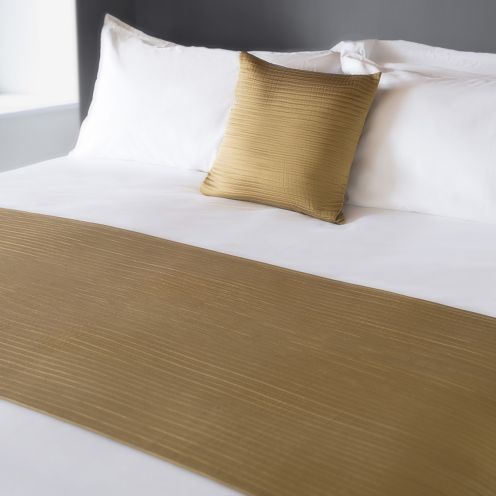
Conclusion
A bed runner is the smallest textile with the biggest visual return. Get the size right, choose a fabric that respects your laundering reality, and use colour with intent—tone-on-tone for calm, contrast for impact, pattern for movement. In hospitality, runners protect investment linens and unify brand identity; at home, they give master and guest rooms the hotel-finished look in minutes. With Richard Haworth Bed Runners, you’re choosing contract-smart construction in palettes that feel boutique—so every turn-down, listing photo, and morning coffee reads just a bit more luxurious.
Shop Richard Haworth Bed Runners
FAQ
- What size bed runner should I buy for a UK king bed?
Aim for ~240–260 cm length with 20–30 cm overhang per side and 50–70 cm width. Size up if you have a deep mattress and topper. - Do bed runners go across or along the bed?
Across the foot is standard. Running it vertically creates a boutique effect and elongates the bed—great for narrow rooms. - Which fabric is best for short-let properties?
Easy-care polyester blends or robust jacquards. They retain colour and shape through frequent washing and guest turnover. - How do I stop the runner slipping?
Use a slim non-slip strip beneath, or discreetly tack the corners to the duvet. Textured weaves also grip better than satin. - How do I coordinate cushions with the runner?
Echo the runner colour once—either in a cushion or a bench throw. Keep other accents neutral to avoid visual noise. - Are padded runners harder to launder?
Not necessarily. Look for secure quilting and follow label temperatures. Dry on low to preserve loft and edge binding. - Can bed runners protect linens from luggage and trays?
Yes—that’s one of their key roles. Runners take daily wear at the foot, extending duvet life in homes and hotels. - What colours are most versatile year-round?
Stone, taupe, charcoal, and navy work across seasons and pair with most headboard finishes and wall colours. - Do bed runners work with patterned duvets?
Yes—choose a solid textured runner that pulls one colour from the pattern to unify the look. - How many runners do I need per room?
Two is ideal: a neutral for everyday and a deeper seasonal or statement option. Rotate to refresh the room and balance wear.


